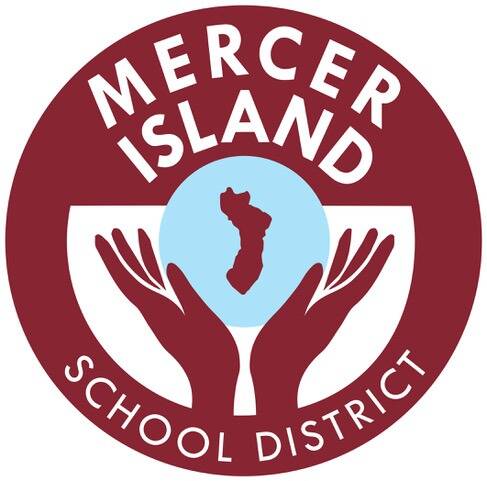A new school bond could possibly be coming the Island’s way next spring.
By utilizing its Long Range Facilities Plan (LRFP) committee input along with community outreach and design and cost estimating, the Mercer Island School District (MISD) is contemplating running a bond on the ballot in April of 2025.
MISD Superintendent Fred Rundle unveiled the potential bond information at the district’s board study session, along with a LRFP update, on Jan. 25.
In one portion of the LRFP, Rundle said there will not be a consolidation of elementary schools and there will be a significant investment of capital and technology dollars from the last levy approval placed into some schools. Schools especially needing upgrades and updates are the oldest ones: Lakeridge, Island Park and West Mercer elementaries.
If the bond reaches the ballot, it will be focused on wrapping up work on Islander Middle School, providing remodeling and enhancements at Mercer Island High School, proceeding with needed ADA accessibility upgrades at some of the district’s facilities and more, according to Rundle.
Also in the bond realm, the committee developed four plan options for some school buildings, according to a previous Reporter story, and here’s the scenario that applies to their current journey as noted in the January documents: Finish what we started; $144.5 million (tax rate increase, $0.49/$1,000).
“I’m really excited. We’re thinking about a middle school that is built to a smaller capacity than it was originally envisioned in 2013-14 because of our decreased enrollment. So we’ll be really thoughtful about the design and what we put in there,” said Rundle, adding that a theater program is one need that could be addressed.
On the high school front, Rundle said they’re “really thinking about our program spaces used by so many people, as well as some science classrooms. The high school is going to be phased. It’s going to take multiple bonds over years to do, and we recognize that.”
Pre-bond work in 2024 is estimated to cost between $1 million and $1.25 million and will include architect selection (February-March), design work with staff and schools (April-June), drawings and cost estimating (July-August), design confirmation with staff and finalizing options and costs (September-October) and design cost and review with the school board (November). The board will decide in the early winter of 2024 if the bond will head toward the ballot.
“What we’ll do is use cap/tech dollars for that (pre-bond work). And the beauty of it is if the community passes the bond, we can then pay ourselves back out of the bond into our cap/tech levy. So there’s a real great opportunity here, long term,” said Rundle, adding that some community members and partners, students and staff will engage in discussions about the district’s wants and needs in the bond sphere.
When it comes to whether residents’ bank accounts will be affected by the bond, Rundle noted that, “Something we’re trying to do is really maintain the tax rate so that we’re not putting an undue burden on the taxpayer.”


